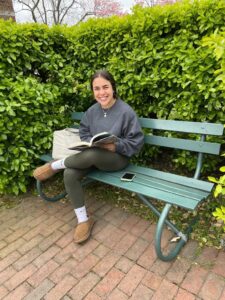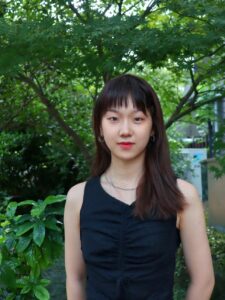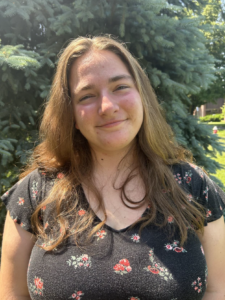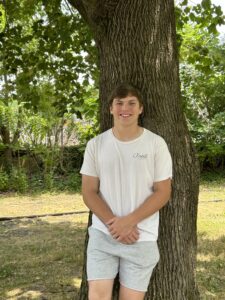This laboratory course introduces students to some of the basic components of solid-state electronics, circuit design, and circuit fabrication. The course is open to students both with and without a theoretical understanding of electricity and magnetism, with the goal of introducing them to practical, hands-on electronics. Topics include Coulomb’s Law, electric and magnetic fields, Ohm’s Law, Kirchoff’s Laws, R-C circuits, semiconductors, transistors, integrated circuits, voltage regulation, DC motor control, environmental sensing, and lightwave and radiowave communications. Electronic components used in the class include, but are not limited to, resistors, capacitors, LEDs, audio output devices, diodes, switches and buttons, 741 and 386 op-amps, 555 timers, relays, DC motors, and a variety of discrete sensor components for measurements of such things as magnetic fields, temperature, light intensity, moisture, motion, wind speed, seismic activity, infrared light, sound, and force.
The laboratory skills include measuring voltage, resistance, and electrical current with analog and digital meters, operating analog and digital oscilloscopes, reading and understanding circuit schematics, building circuits using a breadboard, designing printed circuit boards (PCBs) using CAD software, and fabricating, populating, and soldering PCBs for real-world applications. While some assessments involve pencil-and-paper calculations using some basic physics equations and electronics laws, most evaluations are in the form of hands-on tasks, including a final project of the students’ own choosing and design.
(This course will not be offered in 2024-25.)
Min-Max Credit Hours: 1.0-1.0
Prerequisite: None
Open to: 10, 11, 12
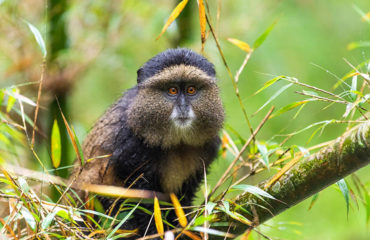

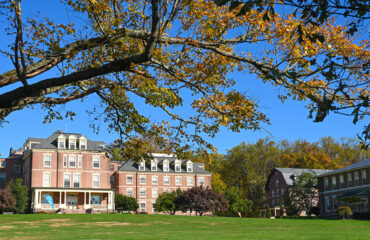
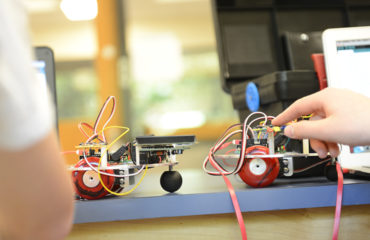

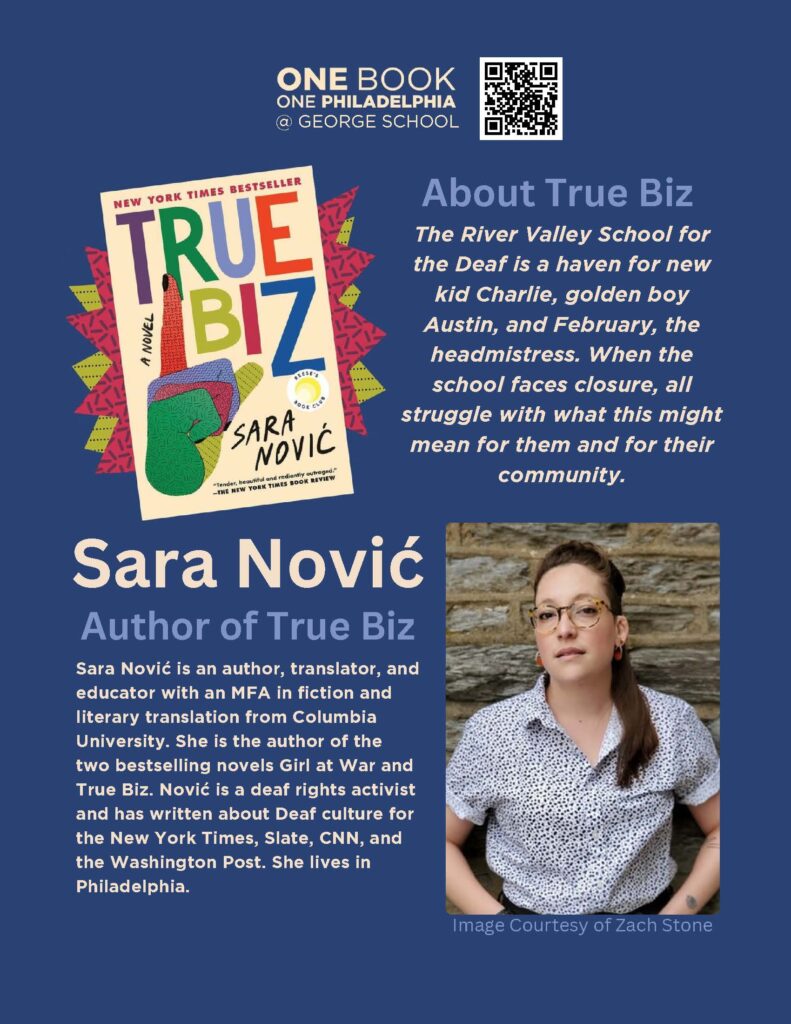

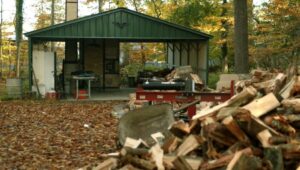

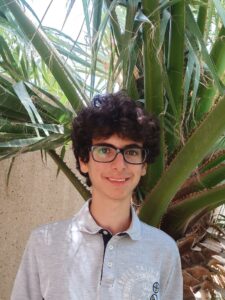 Monastir, Tunisia, and Amman, Jordan
Monastir, Tunisia, and Amman, Jordan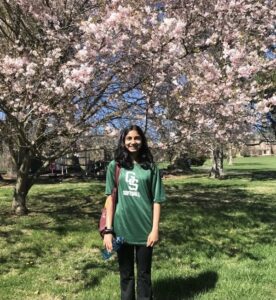 Irvine, CA
Irvine, CA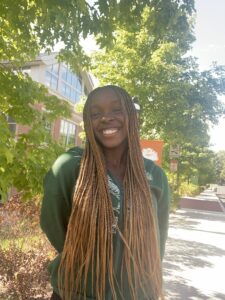 Feasterville-Trevose, PA
Feasterville-Trevose, PA New Hope, PA (Previously NYC)
New Hope, PA (Previously NYC)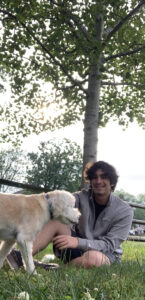 Richboro, PA
Richboro, PA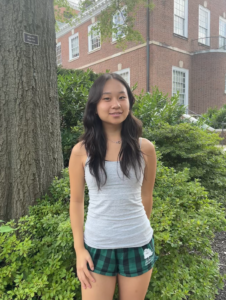 Englewood, NJ
Englewood, NJ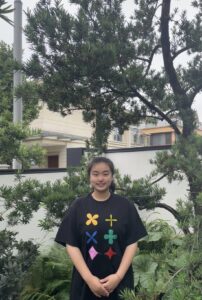 Ningbo, Zhejiang, China
Ningbo, Zhejiang, China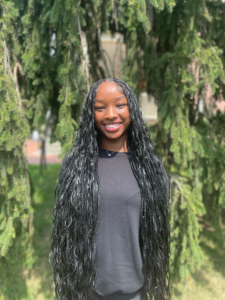 Willingboro, NJ
Willingboro, NJ Yardley, PA
Yardley, PA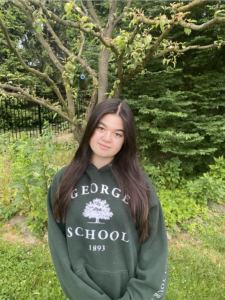 Newtown, PA
Newtown, PA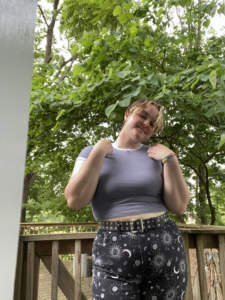 Holicong, PA
Holicong, PA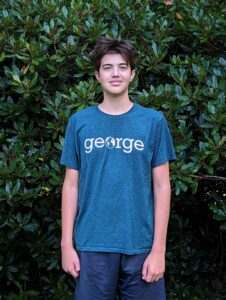 Newtown, PA
Newtown, PA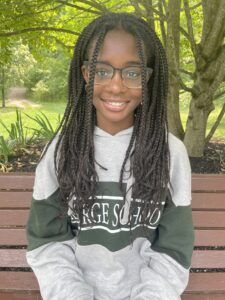 Hamilton, NJ
Hamilton, NJ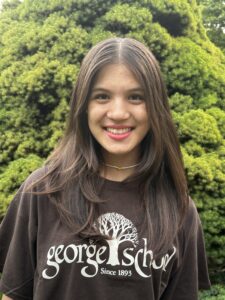 Yardley, PA
Yardley, PA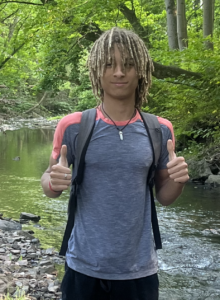 Lambertville, NJ
Lambertville, NJ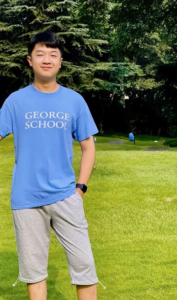 Chongqing, China
Chongqing, China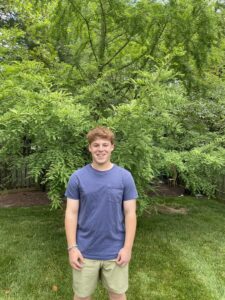 Pennington, NJ
Pennington, NJ Yardley, PA
Yardley, PA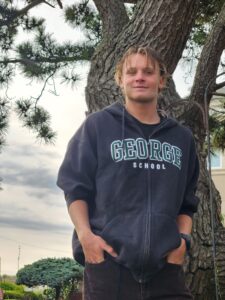 Bensalem, PA
Bensalem, PA Borgota, Colombia
Borgota, Colombia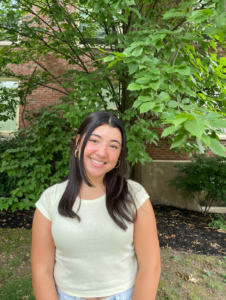 Newtown, PA
Newtown, PA Burlington, NJ
Burlington, NJ Langhorne, PA
Langhorne, PA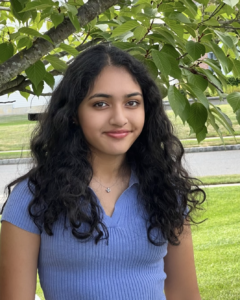 Princeton, NJ
Princeton, NJ Langhorne, PA
Langhorne, PA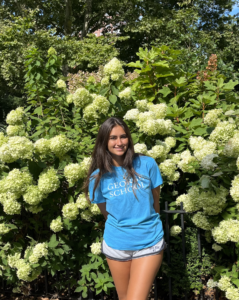 New York City, NY
New York City, NY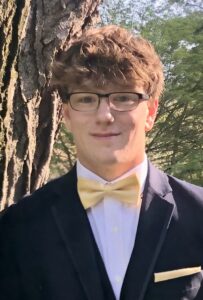 New Hope, PA
New Hope, PA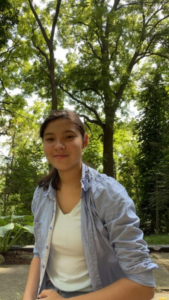 St. Catharines, Ontario, Canada
St. Catharines, Ontario, Canada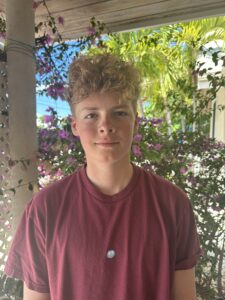 Providenciales, Turks and Caicos Islands
Providenciales, Turks and Caicos Islands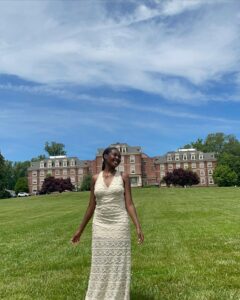 Willingboro, NJ
Willingboro, NJ Princeton, NJ
Princeton, NJ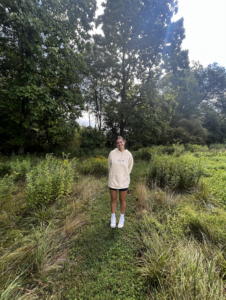
 Newark, NJ
Newark, NJ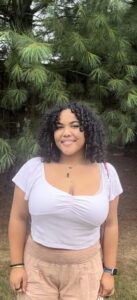 Trenton, NJ
Trenton, NJ Newtown, PA
Newtown, PA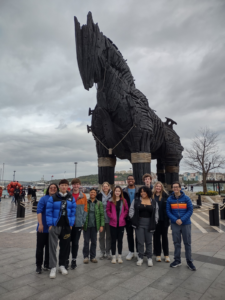
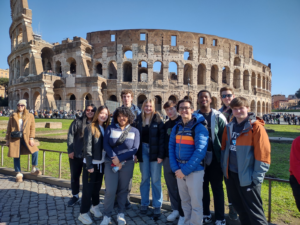
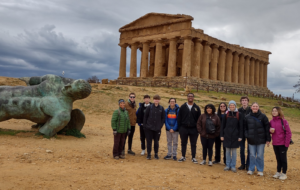
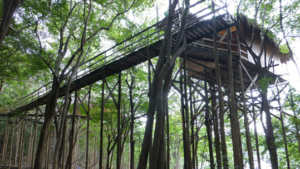
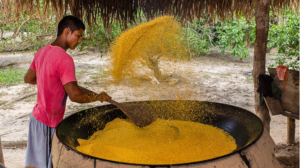
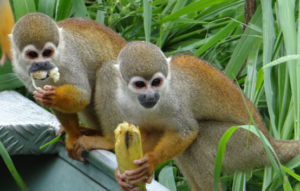
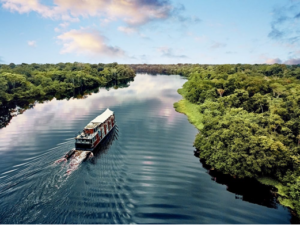

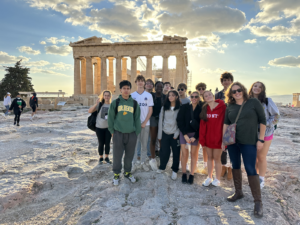
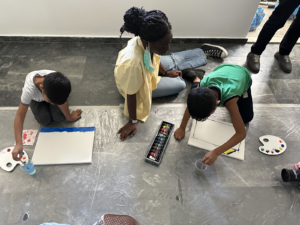
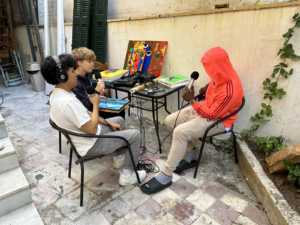
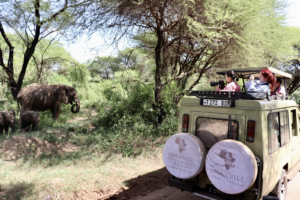
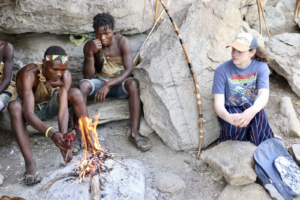
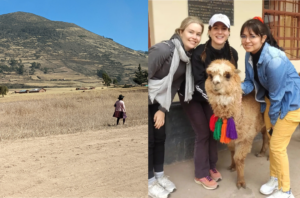
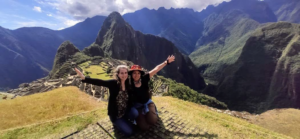
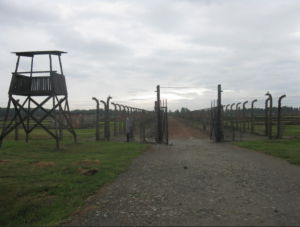
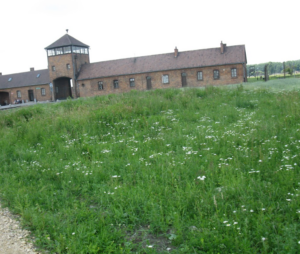
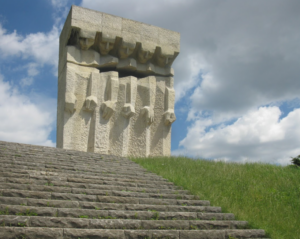

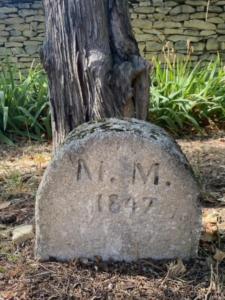
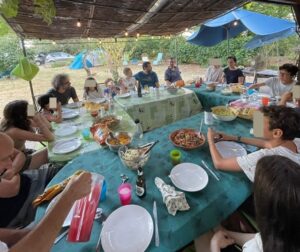
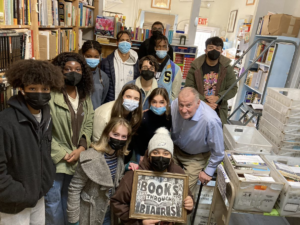
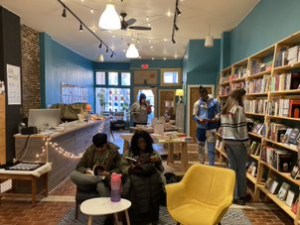
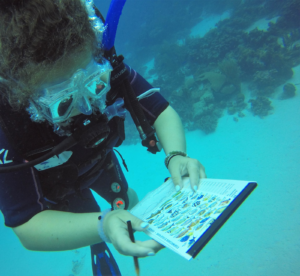
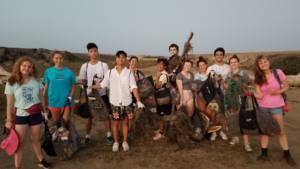
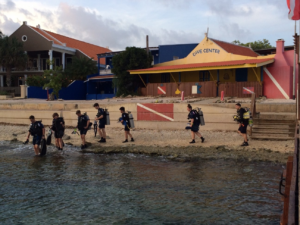
 Lawrence, NJ
Lawrence, NJ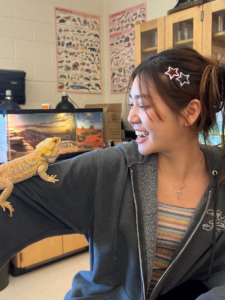 Seoul, South Korea
Seoul, South Korea
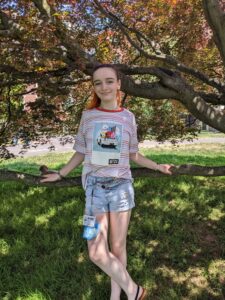 Milwaukee, Wisconsin
Milwaukee, Wisconsin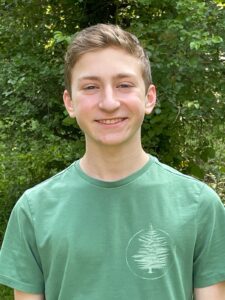 Pennington, NJ
Pennington, NJ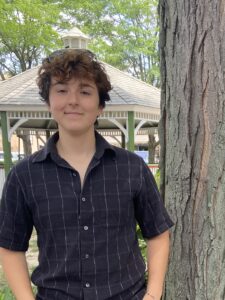 Jenkintown, PA
Jenkintown, PA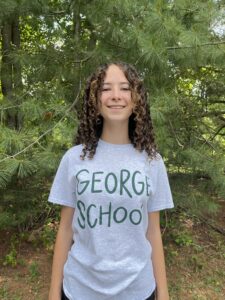 Ottsville, PA
Ottsville, PA Yardley, PA
Yardley, PA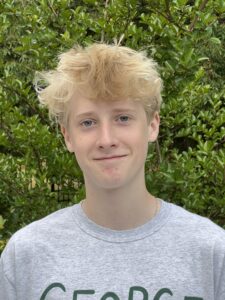 Providenciales, Turks and Caicos Islands
Providenciales, Turks and Caicos Islands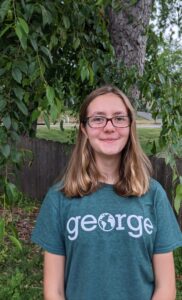 Hopewell, NJ
Hopewell, NJ
 Pottstown, PA
Pottstown, PA Playa del Carmen, Quintana Roo, México
Playa del Carmen, Quintana Roo, México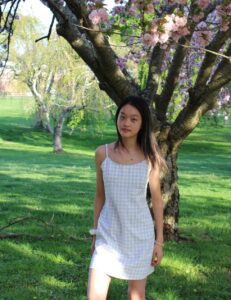 Shanghai, China
Shanghai, China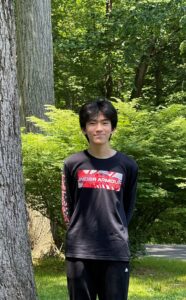 Beijing, China
Beijing, China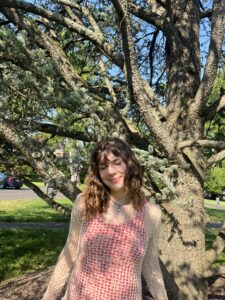 Yardley, PA
Yardley, PA Beijing, China
Beijing, China Holland, PA
Holland, PA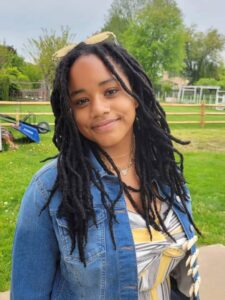 Langhorne, PA
Langhorne, PA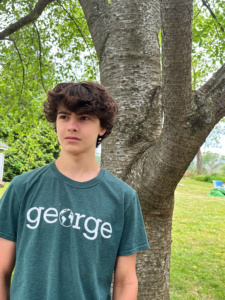 Ringoes, NJ
Ringoes, NJ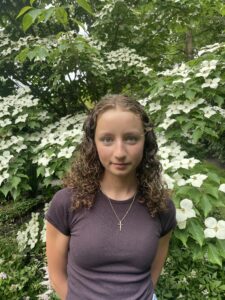 New Hope, PA
New Hope, PA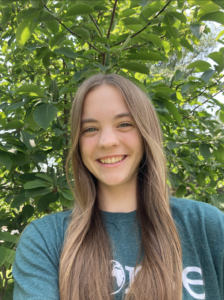 Dreshner, PA
Dreshner, PA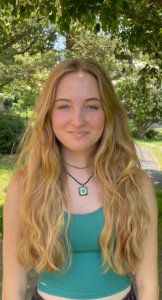 Yardley, PA
Yardley, PA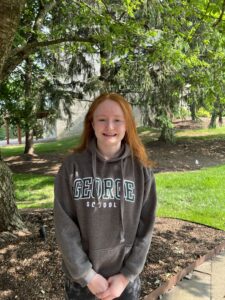 Yardley, PA
Yardley, PA PA
PA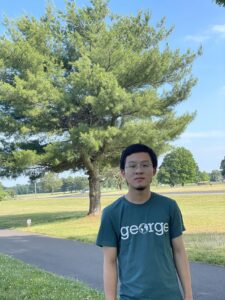

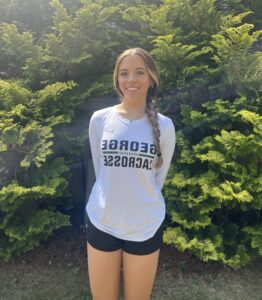
 Xi’an, China
Xi’an, China
